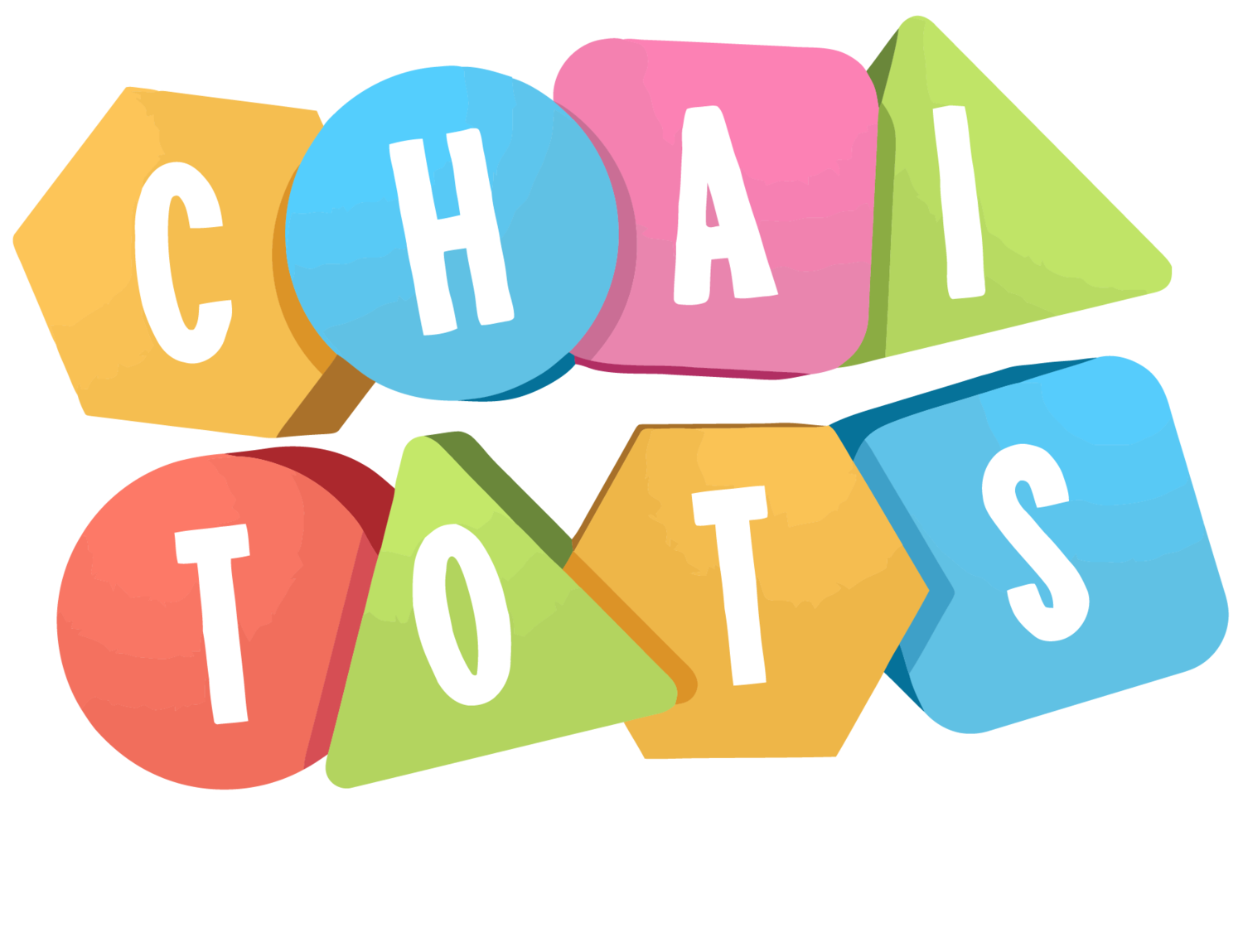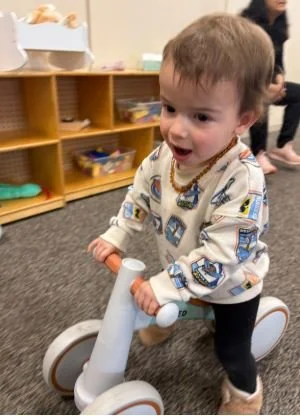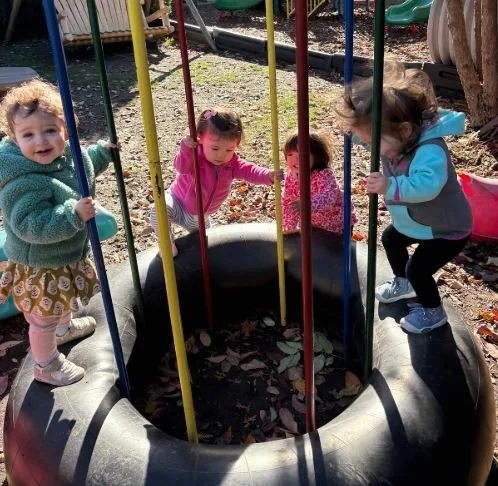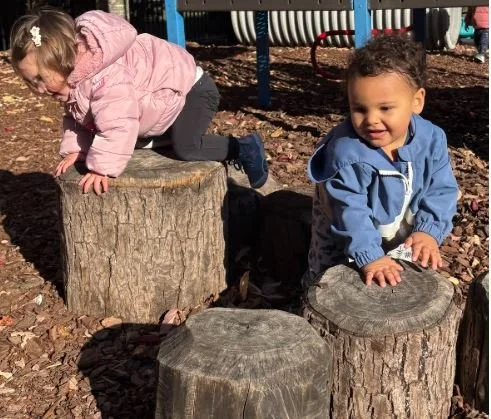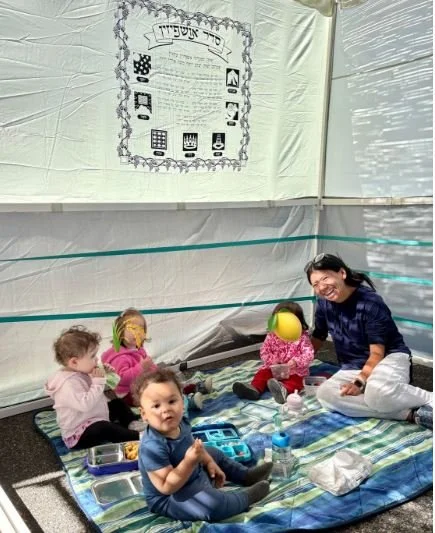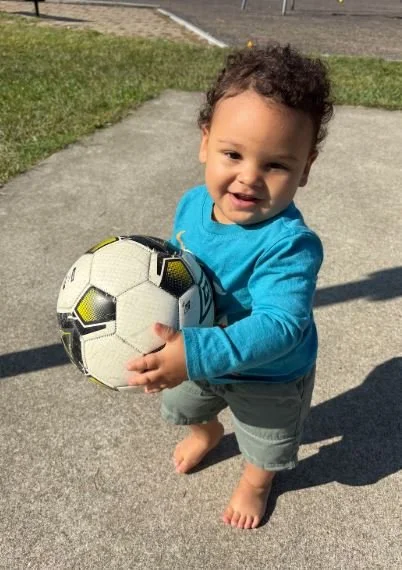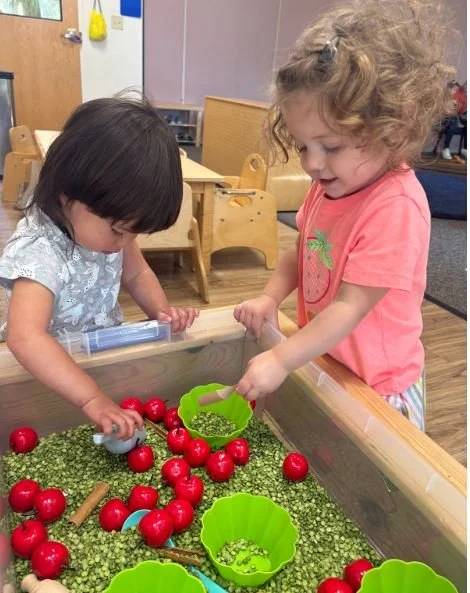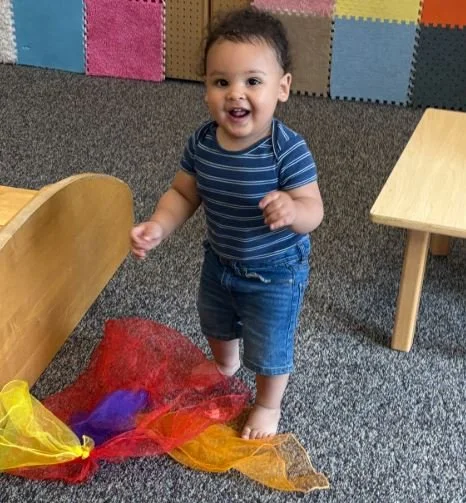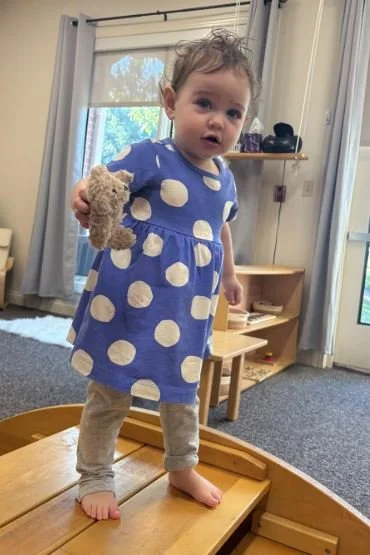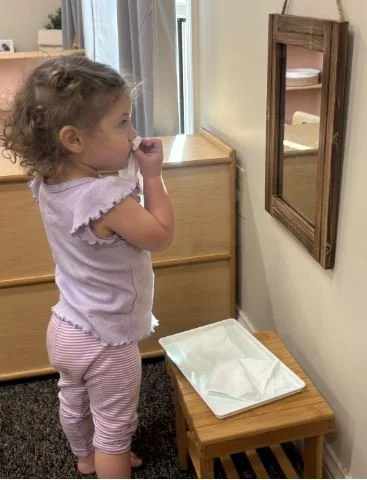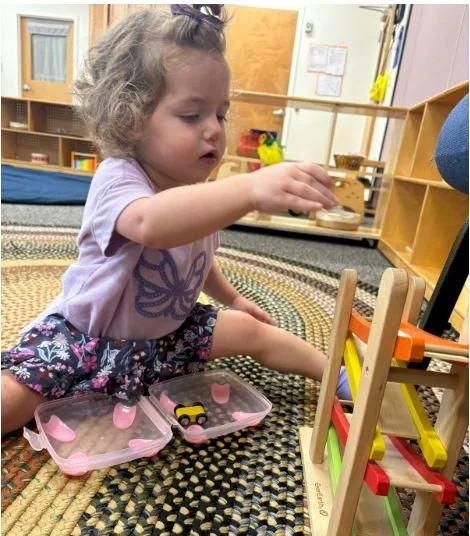Dear Parents,
In Montessori, we honor each child’s natural rhythm and understand how rest supports their growth, focus, and independence. Sleep is when the brain restores itself—its “emergency maintenance” time—helping children process everything they’ve learned through their busy day of exploration.
Our nap time each day is between 12:00 and 2:00 PM to support this important need. Because sleep timing affects the whole day, it’s helpful to keep your child’s wake windows (the stretch of time they can comfortably stay awake) consistent. A late morning wake-up can delay nap time, and an off-schedule nap can make bedtime more challenging. This pushes sleep later, which in turn affects morning wake up and the next days’s nap – perpetuating a less than ideal sleep cycle.
We know routines can shift, and that’s okay! If your child’s schedule gets off track, please let us know so we can work together to gently guide them back into balance. Consistency helps break the cycle of overtiredness and supports calmer, more restful sleep—for children and parents alike.
For toddlers aged 18 to 24 months, wake windows typically range from 4 to 6 hours, with most children taking one nap a day. The first wake window of the day is often a bit longer, around 4.5 to 5 hours, while the second wake window, from the end of the nap to bedtime, is usually shorter at about 4 to 5 hours.
If your child is not napping well at school, consider waking him/ her up earlier in the morning to allow for a longer wake window. If your child is not sleeping well at home, it could be related to their nap time (or lack of) at school.
Keeping wake windows too short or too long (before nap or bedtime) can make it harder for your child to fall asleep, so it's important to stick to a schedule that works for them. Toddlers between 18 and 24 months need 11 to 14 hours of sleep in a 24-hour period, including naps. This often consists of a longer nighttime sleep plus one daytime nap. Keep in mind that this is a general guideline, and the exact amount can vary for each child.
